Seven days in Tibet – episode 5
YAMDROK
With a new khata around the neck, we start to Lhasa, a forbidden city, closed for the foreigners until early of the last century. I have dreamed of this day since I saw Seven Years in Tibet, a film that created me a different image of other world of this Earth. I can’t wait. Until then we have a meeting in height with the Kharola glacier that cold greets us at 5.560m altitude. We enjoy the break and a new photo session, but went dizzy after few steps around the cars. We function with only half of the oxygen which we are used at home.
Two lakes, an accumulation one and a glacier one, rinse our eyes with its cold water. The accumulation lake has in the middle an old prisoner fortress that surreally floating on the extent of its blue. Prayer flags, with their colorful clutter, make this place a joy. The glacial lake Yamdrok is the mirror for the proud Himalayans with shine light wrinkling of the mystical wind. Comprised about 650 km square, it seems to include all himal turquoise. It is one of the holy lakes of Tibet. Legend says that the day will drain is the day when Tibetans will disappear. Only hamsters, as gray as the land where they have its labyrinth, animate the place. Otherwise is absolute silence, only you with you.
I envy the cyclists. What a sensation, to get leisurely all of these, to pedal, watched by the shaggy yaks with the questioning glances, wind on the ears, face the sun, the air in the nostrils and all these wonders projected on the retina. Sure, it remains to survive to tell them.
The stop for meal in a small gray town is only for those with healthy stomach. Altitude differences, serpentines and smell of the restaurant where I was invited, cut me any appetite. In the street, where I come back to, locals invite me to buy strings of old cheese cubes … I do not want to know how old.
I can’t leave the plateau without take a picture from the stupid one category. Who cares which fits, I give ten yuans and up to the yak. Apathetic yaks are posed bedding in, surprising to such impressive animals. With the hat on my head, the yellow scarf fervent waving in the wind, the lake somewhere far away in my background, near a bride climbed up here for wedding photos, ready, it’s the proof on the card, of my passing here. Also here I find out about the existence of Tibetan mastiff, a quite fierce breed mountain dog, with serious responsibilities around human households. You do not think so, with their red collar as a queue in long black coat.
- Șapte zile în Tibet – Yamdrok
- Șapte zile în Tibet – Yamdrok
- Șapte zile în Tibet – Yamdrok
- Șapte zile în Tibet – Yamdrok
- Șapte zile în Tibet – Yamdrok
Entry in Lhasa brings mixed feelings. Delight that finally I reach the city of Dalai Lama, but also sadness at the sight of a modern Chinese city, where a highway leads as in a way you did not expect to find in the Tibetan plateau. I propose to try to see the bright side. I do not think it would be too easy.
The hotel, located in the old town, out of this context, is suitable only to be used to illustrate word kitsch in the Dictionary. But I feel like in Hansel and Gretel fair, the witch place being held by heads of grin pigs painted on walls of the rooms. More red, more green and no square inch left undecorated. As usual, the day is allowed program. We start to walk on the narrow and crowded streets leading to the temple. Shops and stalls having all kind of staff, jewelry, religious objects, clothes, food, masks with printed fabric for any outfit, and “dentist” in the street. Insectary type panels offer gold facets or sets of teeth. A lady with knitting needles in her hands is responsible for attracting customers, but also she is a fierce Cerberus if you get the idea to photo the “doctor” in the sport suit. Brands are written, as everywhere in Tibet, first in Tibetan, but the Chinese letters appear below two or three times bigger. Tibetan writing seems showing this land hostility from the first moment I saw it, at least in comparison with sweet lines of Nepal letters. But it is only my opinion.
The square next to the temple, Barkhor, is the room where you have to sit in front of what I have called the show Lhasa. I don’t miss tonight representation, played by believers who round the temple clock wisely, very different among themselves, but each spinning the mani wheel and counting the beads. Undoubtedly, the protagonists are those who make this round of beads, sticking their heads to the ground every few steps. It is still a censored show. Patrols, each of five Chinese soldiers, are emerging at every quarter of an hour. Pairs of snipers watch from the roofs of one or two floors buildings. Their silhouettes projected onto the mountains background appear from another show. Without wanting, the image of some actors who say the lines on the barrel of a gun arising from the prompter’s fossa, comes to my mind. However, the place is ideal for a successful photo-report, even if people are visibly embarrassed by the camera. I just understand them, when they took pictures in turn, attraction being my beard for two weeks and the hair on my arms, unusual stuff for them. From that moment I dressed only long sleeves clothes. Many of them ask to be paid for the photos, arguing that foreigners make money, once back home.
- Șapte zile în Tibet – Yamdrok
- Șapte zile în Tibet – Yamdrok
- Șapte zile în Tibet – Yamdrok
- Șapte zile în Tibet – Yamdrok
- Șapte zile în Tibet – Yamdrok
Looking for novelty by all means, we choose to have dinner in the smallest and noncommercial restaurant that we found. But even the company of a Buddhist monk not convinces me to drink butter tea or attempt to eat yak noodles that I have ordered. It is the first Tibetan feast I refuse. Maybe it is the fatigue … A good night’s sleep and all will seem clean again.




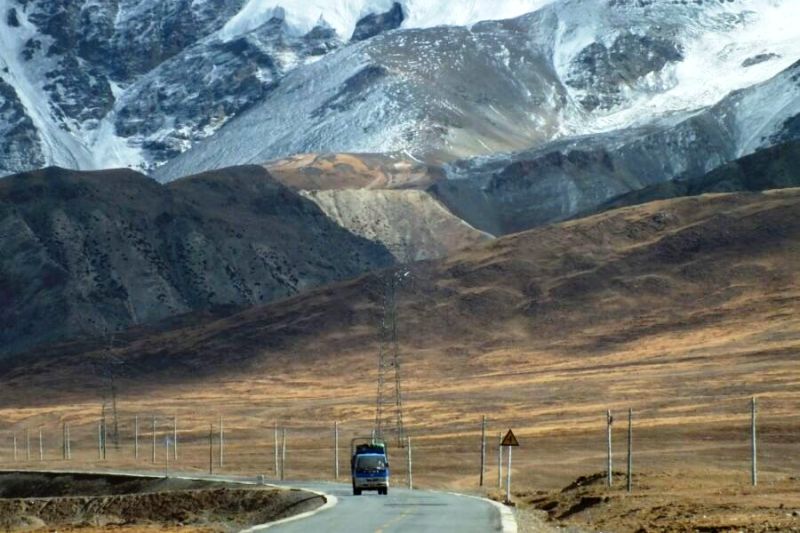
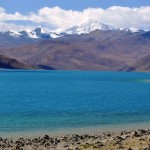
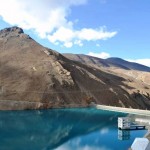
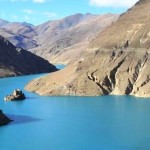
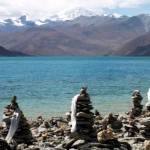
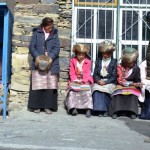
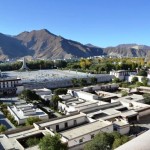
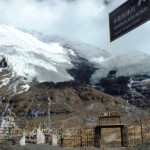
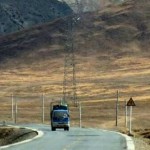
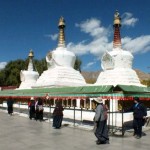
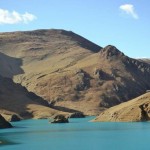



frumoasa reflectie la baraj! imi plac si stupele albe.